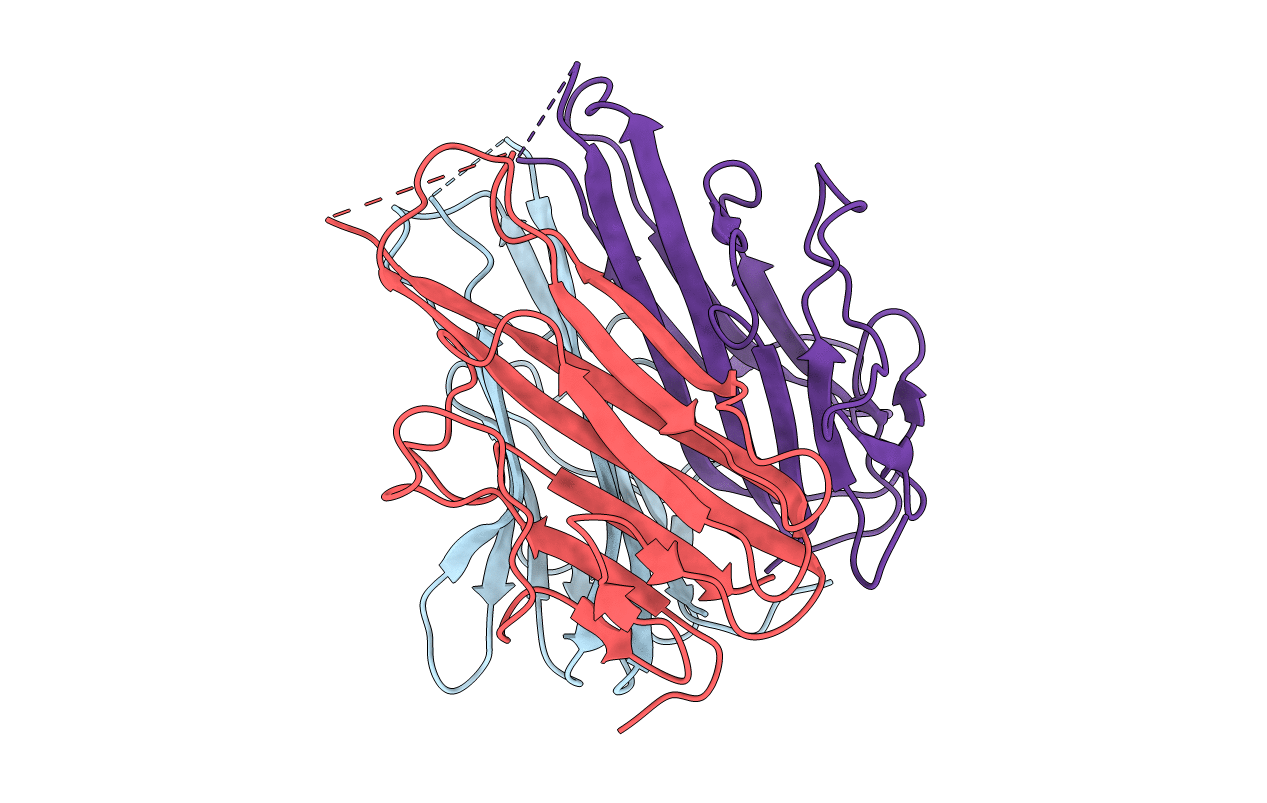
Deposition Date
2008-07-29
Release Date
2009-03-24
Last Version Date
2024-10-16
Entry Detail
PDB ID:
2ZPX
Keywords:
Title:
TNF Receptor Subtype One-selective TNF Mutant with Antagonistic Activity; R1antTNF-T8
Biological Source:
Source Organism:
Homo sapiens (Taxon ID: 9606)
Host Organism:
Method Details:
Experimental Method:
Resolution:
2.83 Å
R-Value Free:
0.30
R-Value Work:
0.26
R-Value Observed:
0.26
Space Group:
P 21 21 21


